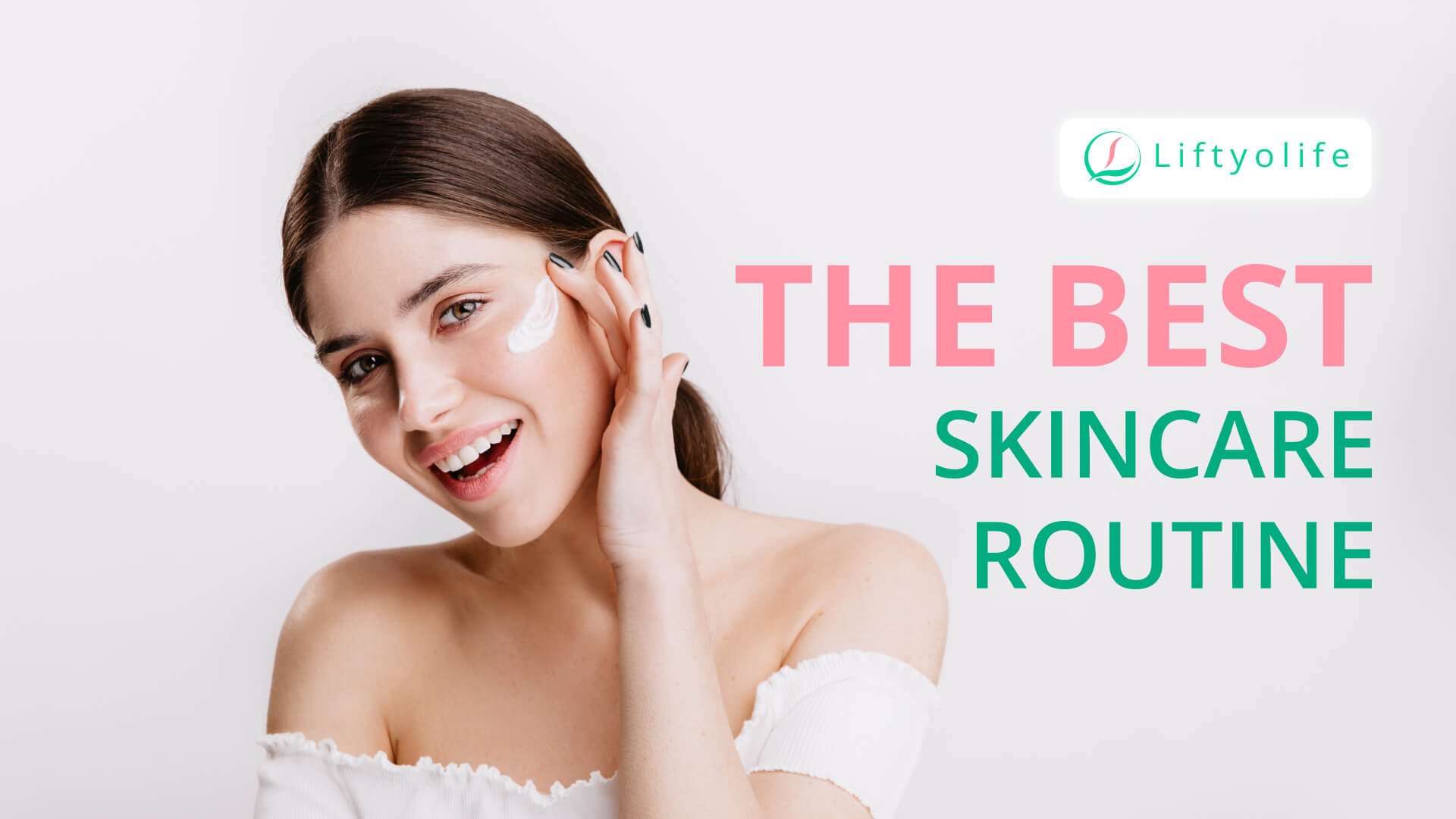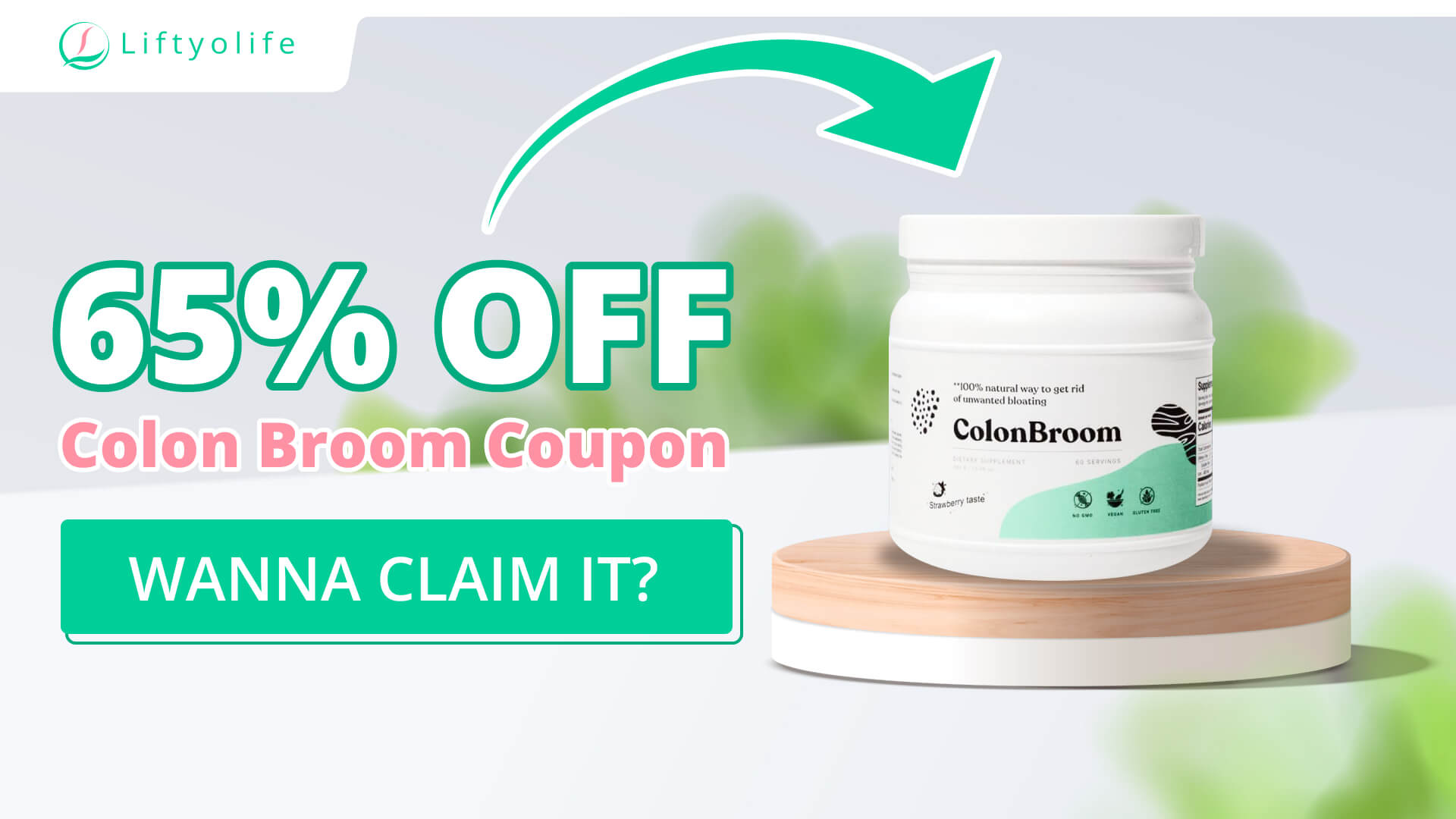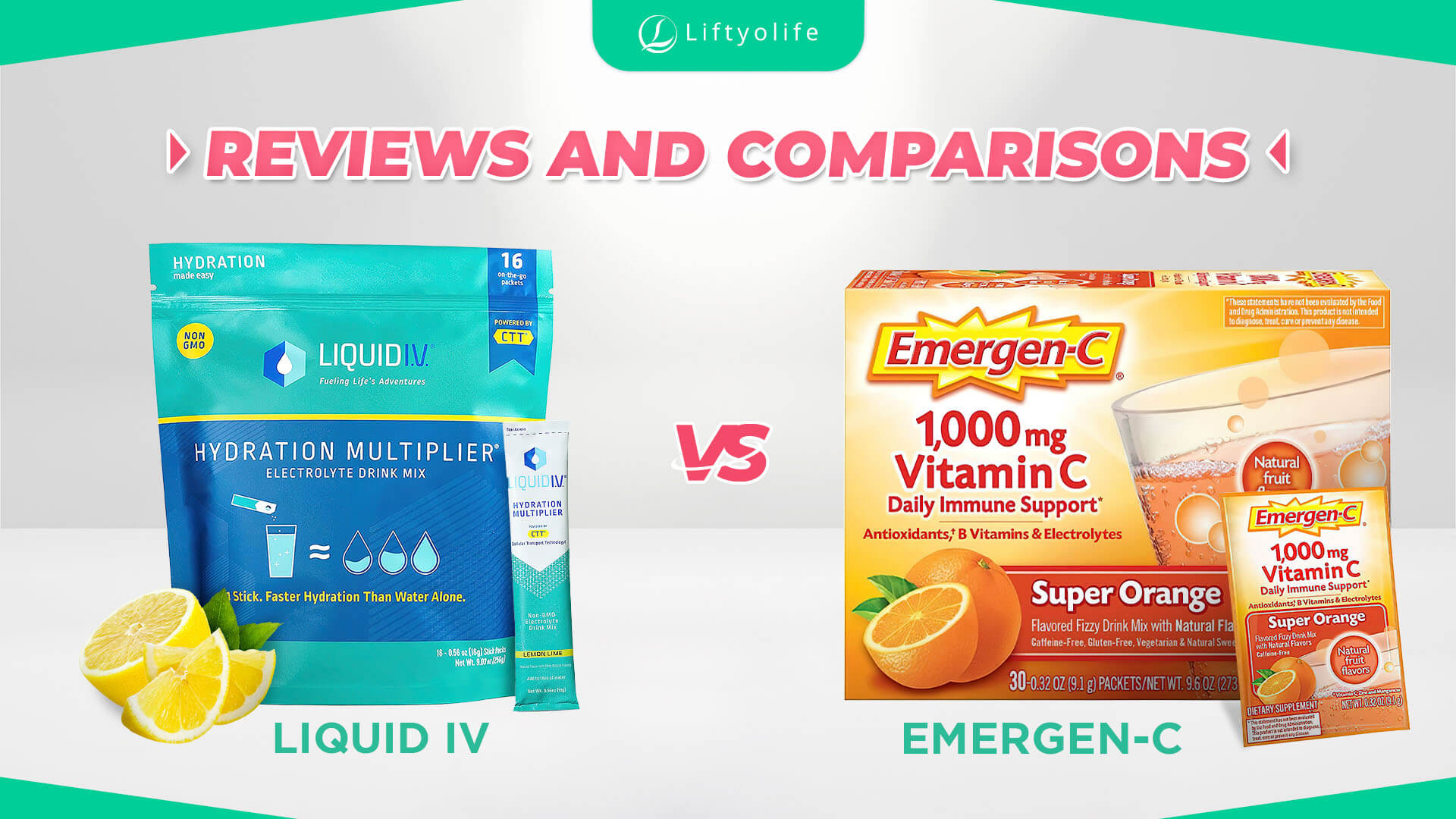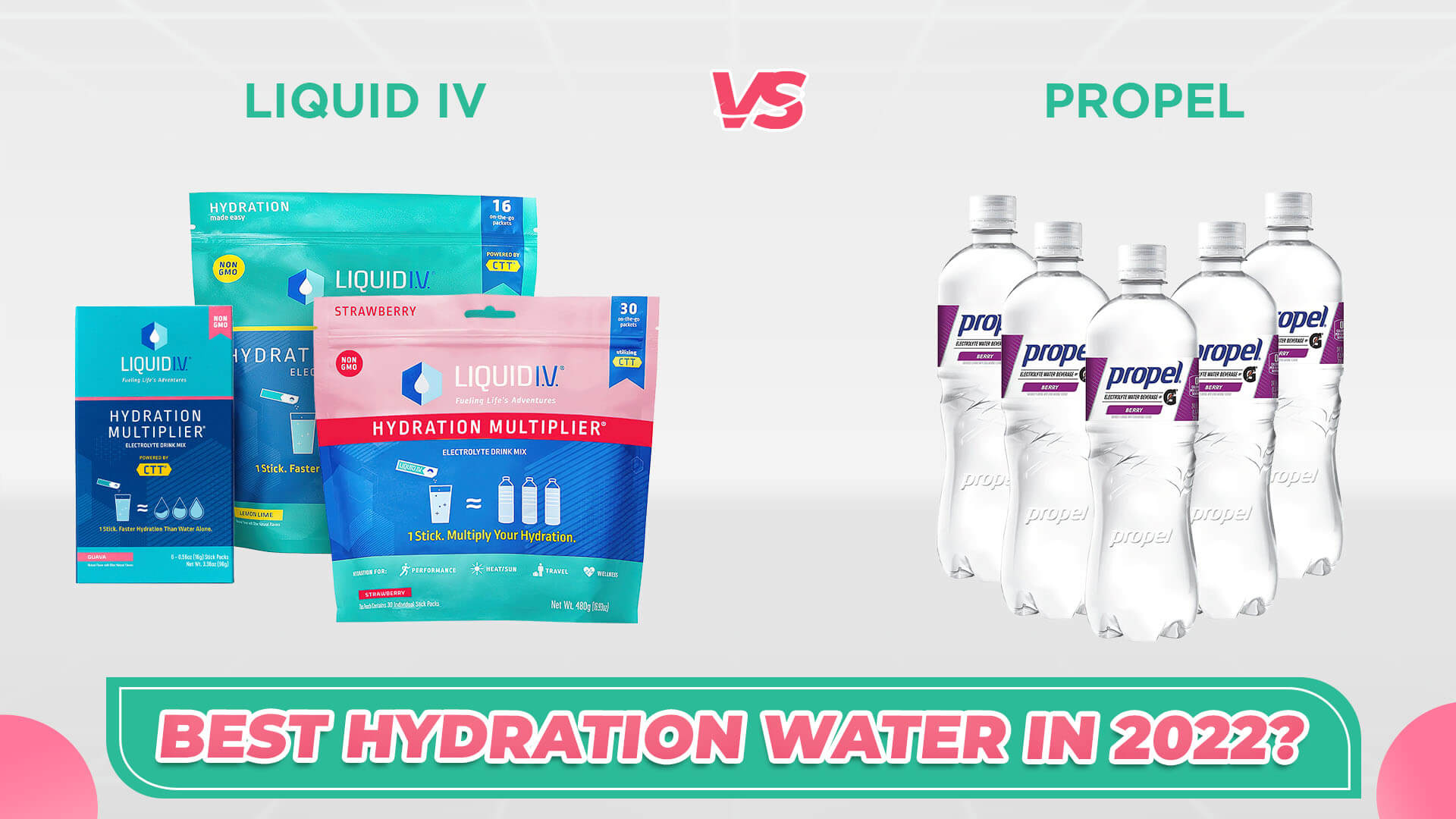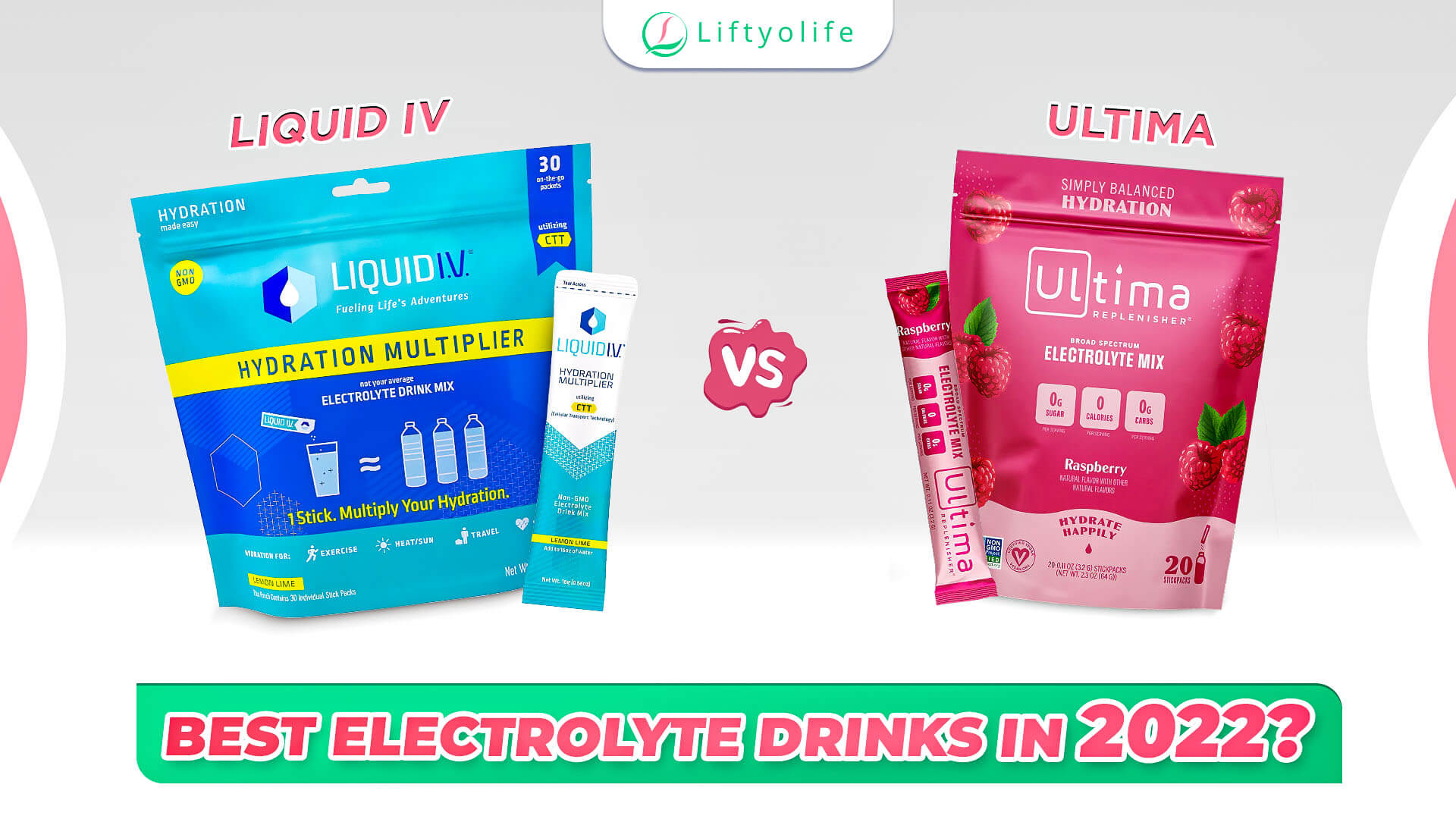24+ Toxic Skincare Ingredients To Avoid
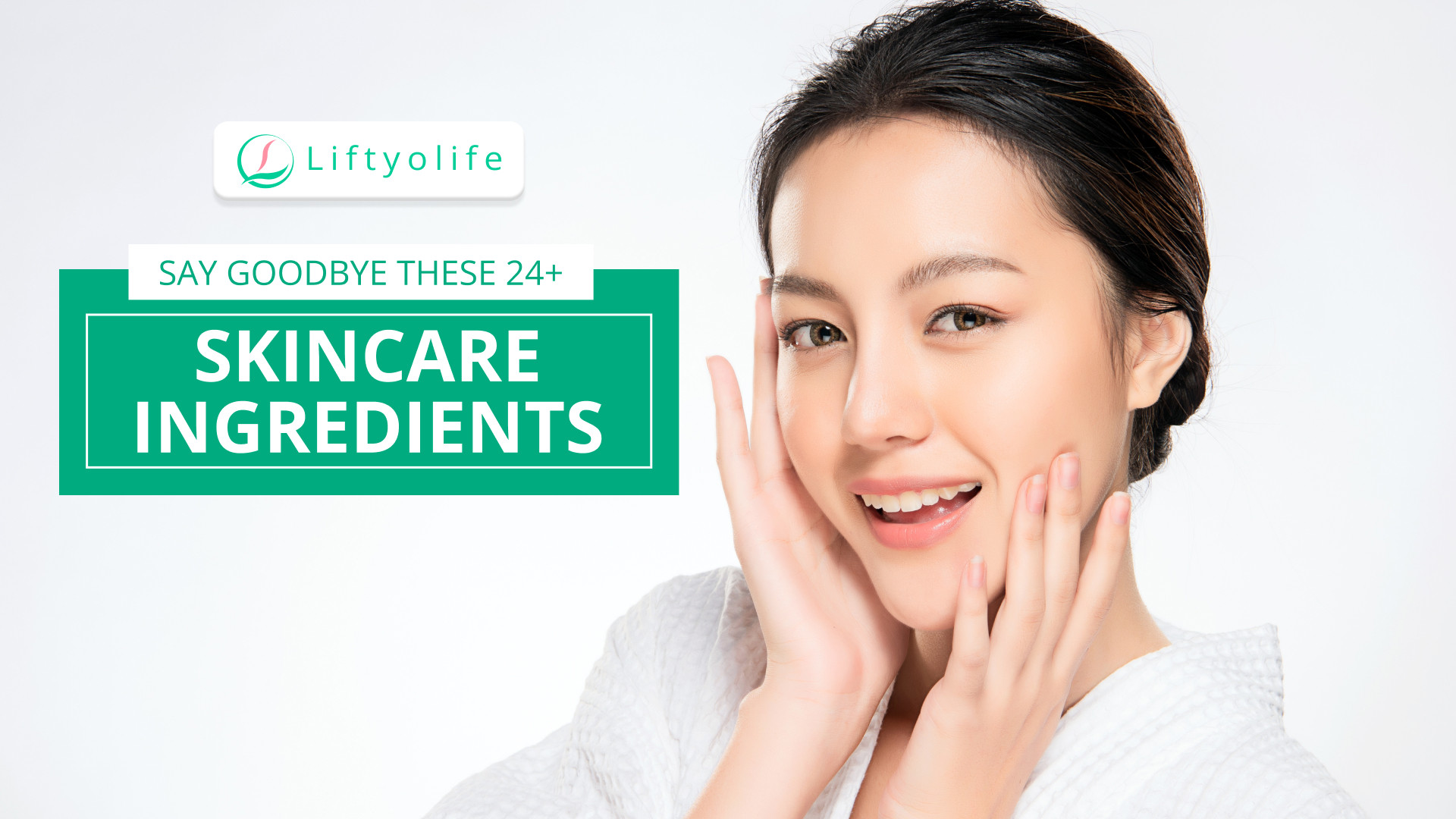
24+ toxic skincare ingredients to avoid, also known as “dirty chemicals” by some. Why are these poisonous substances still used in cosmetics, despite being harmful to the skin and health? Let’s figure out what they are with Liftyolife (liftyolife.com).
Here are the top 24 ingredients to avoid in skincare products:
1. Aluminum
Name:
- aluminum chloride,
- aluminum hydrobromide,
- aluminum chlorohydrate,
- aluminum zirconium.
Reason to avoid:
Aluminum is a neurotoxin that accumulates in your fat cells. Toxic metal can mimic estrogen in our bodies, disrupting the healthy functioning of the endocrine system. A possible link between Alzheimer’s disease and breast cancer is still being debated, though some reported cases have demonstrated the influence of aluminum salts. Despite controlling sweat and odor, aluminum antiperspirants can hasten oxidative skin damage, resulting in dry, prickly armpits.
Where to find:
- antiperspirants.
- deodorants.
2. Benzalkonium Chloride
Reason to avoid:
This is a disinfectant that is commonly used as a preservative and surfactant. This ingredient may cause severe skin, eye, respiratory irritation, and allergies. As if that weren’t bad enough, regular use of antimicrobials like this one could lead to the increase of resistant bacteria in your home.
Where to find:
- sunscreens,
- deodorant,
- moisturizers.
3. BHA & BHT
Reason to avoid:
These two ingredients are synthetic antioxidants that are used as stabilizers to extend the product’s shelf life. They are also potentially carcinogenic and endocrine disruptors. They may also cause liver damage.
They are found in:
- moisturizers,
- lipsticks,
- diaper creams,
- other cosmetics.
4. Coal tar
Name:
- liquor carbonic detergens (LCD),
- coal tar solution.
Reason to avoid:
This ingredient provides the base for vibrant and brighter colors. Perhaps, the more vivid your lipstick color is, the more coal tar it contains. Coal tar is also a weighty substance and weighs down the skin. This causes skin irritation, resulting in acne and allergic breakouts. Moreover, it is potentially carcinogenic in concentrated amounts and can adversely affect your brain.
Where to find:
- dandruff treatments,
- makeup,
- anti-itch creams,
- psoriasis shampoo,
- oral hygiene products.
5. DEA (diethanolamine), MEA (Monoethanolamine), and TEA (triethanolamine)
Reason to avoid:
- These are clear, colorless, and viscous liquids with ammonia-like odors.
- Ethanolamines are present in many consumer products ranging from cosmetics, personal care products, and household cleaning products.
- These dirty ingredients are the causes of cancer, environmental issues (bioaccumulation), and organ system toxicity.
- TEA and DEA are carcinogenic to the liver (producing or tending to produce cancer).
- DEA builds up in the liver and kidneys, causing organ toxicity and neurotoxic.
They are found in:
- soaps,
- hair conditioners and dyes,
- lotions,
- eyeliners,
- eye shadows,
- mascara,
- blush,
- foundations,
- makeup bases,
- fragrances,
- sunscreens.
6. DMDM Hydantoin & Urea (Imidazolidinyl)
Reason to avoid:
As you know, preservatives affect our health. They often release formaldehyde which may cause joint pain, headaches and sleep loss.
Moreover, they can cause:
- Weakens immune system.
- Causes irritation of the eyes and difficulty breathing.
- Human carcinogen.
Where to find:
- skincare products,
- conditioners,
- cosmetics,
- detergents.
7. EDTA (also known as Ethylenediaminetetraacetic Acid)
Reason to avoid:
This ingredient is a binding agent added to cosmetics to enhance stability and lower the reactivity of any metal ions found in your products. While it has a relatively low-risk rating, EDTA is known to cause skin and lung irritations. Moreover, it may also be toxic to your organs.
Where to find:
- moisturizers,
- hair color.
8. Formaldehyde
Reason to avoid:
- According to the American Cancer Society and the World Cancer Research Fund International, it is carcinogenic. This means that it could also be present as a preservative in your cosmetics.
- Short-term exposure to formaldehyde can cause skin and respiratory irritation. It will cause asthma, neurotoxicity, developmental toxicity, and general skin, lung and eye irritants.
- In fact, simply being in the presence of a carrier product can cause nausea and burning eyes.
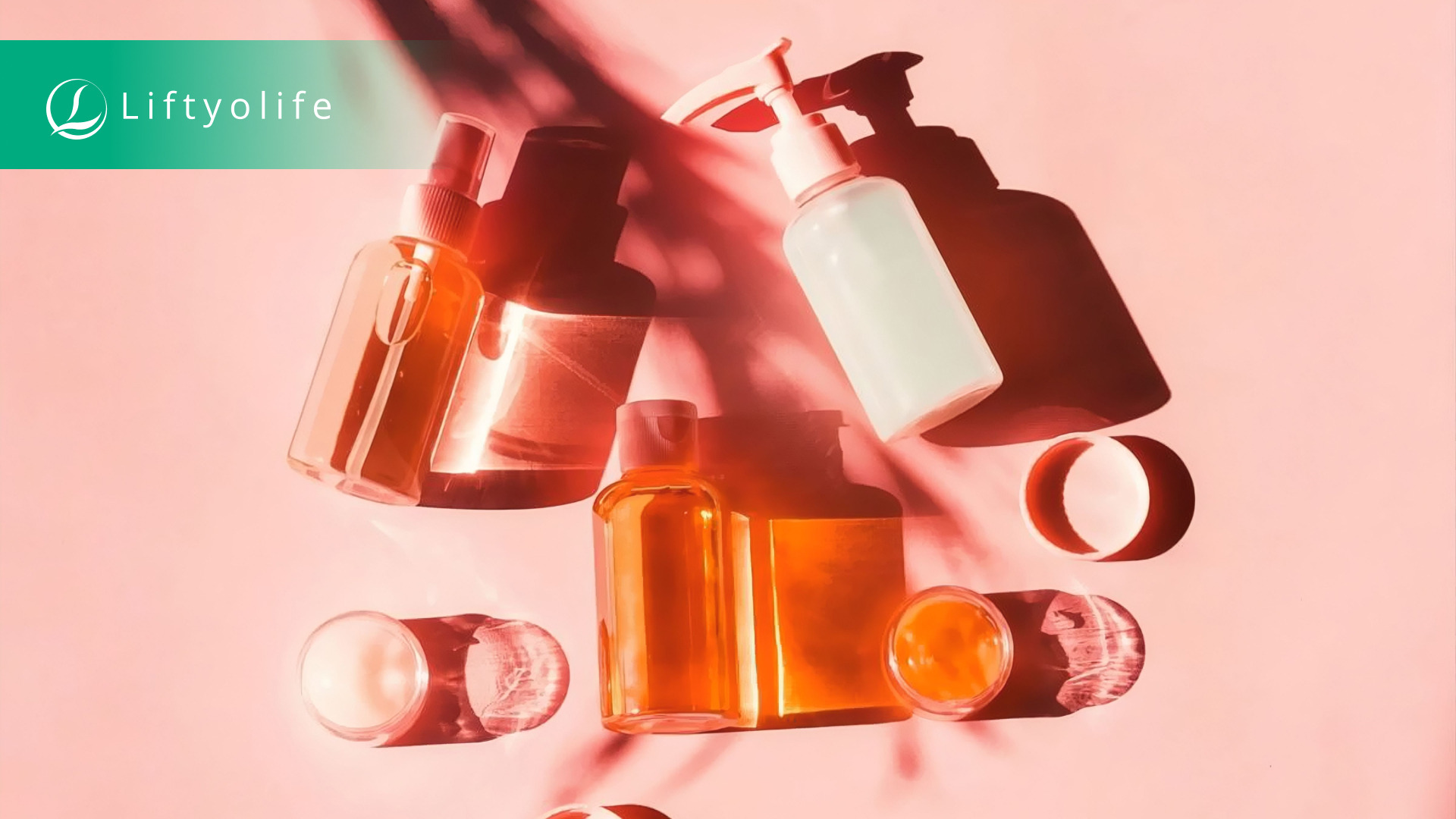
Formaldehyde
Where to find:
- nail polishes and solvents,
- hair care products, and dyes,
- cosmetics,
- antiperspirant,
- bubble bath,
- liquid soap for babies.
9. Hydroquinone
Reason to avoid:
- You might be surprised to learn that hydroquinone is present in chemical exfoliants.
- You can suffer from cancer and organ toxicity.
Where to find:
- skin lightening products (also bleaching),
- sunscreens,
- anti-acne treatments,
- nail treatments,
- anti-aging products.
10. Lead
Reason to avoid:
- Lead is the oldest cosmetic contaminant to man.
- It is a potent neurotoxin that disrupts your brain’s functioning as well as that of your unborn child (if you are pregnant).
- Lead directly affects the nervous system and hormones, resulting in birth complications, behavioral issues, and even organ failure.
- Lead, as a carcinogen, can cause cancerous cell growth.
Where to find:
- lipsticks, blushes,
- eye shadows,
- shampoos,
- compact powders,
- body lotions.
11. Methylisothiazolinone and Methylchloroisothiazolinone
Reason to avoid:
These two ingredients are commonly used as preservatives in skincare products. They are among the most common irritants to the skin, eyes, and lungs. They’re also the cause of a lot of contact skin allergies.
They are found in:
- shampoo,
- conditioner,
- body wash.
12. Mineral Oil
Common names:
- white oil,
- liquid paraffin,
- baby oil.
Reason to avoid:
- The use of mineral oil, a mixture of hydrocarbons, may have a carcinogenic effect.
- Although cancer risk is extremely low, mineral oil has been linked to allergies and immune system disruption.
- Furthermore, it has the potential to clog pores. This is extremely dangerous because it interferes with the skin’s ability to eliminate toxins, increasing the likelihood of acne and other disorders.
Where to find:
- ointments,
- cosmetics.
13. Octinoxate
Reason to avoid:
Octinoxate is a suspected environmental pollutant as well as causing endocrine disruption and cellular level changes.
Octinoxate has antiandrogenic activity, has adverse effects on reproductive organ development in both male and female fetuses exposed in utero.
Where to find:
- sunscreens.
14. Oxybenzone and Avobenzone
Reason to avoid:
There’s a lot to learn about the ingredients found in most sunscreens. For example, research has linked these to a wide range of skin irritations, sensitization, and allergies, as well as being a potential hormone disruptor.
They are found in:
- sunscreen,
- moisturizer.
15. Parabens (Methyl, Butyl, Ethyl, Propyl)
Reason to avoid:
- They are referred to as endocrine disruptors because they can hurt the development of the reproductive system in male infants.
- While paraben may extend the shelf life, it may also end up in your body.
- When high concentrations of these preservatives are used in products, parabens can cause allergies to the skin and irritation.
Where to find:
- shampoo,
- body wash,
- face cleanser,
- body lotion,
- foundation.
16. PEG (Polyethylene glycol)
Reason to avoid:
This ingredient has the potential to alter and reduce the skin’s natural moisture factor. It changes the melting point of products and thickens them.
Where to find:
- cleansers to dissolve oil and grease.
17. Phthalates
Common names:
- Perfume,
- Fragrance Oils,
- Scent.
Reason to avoid:
- Chemicals are used to increase the flexibility and strength of plastics, but they are rarely listed as ingredients on products.
- They are known to interfere with hormonal processes.
- These neurotoxins can be found in scented beauty products that you unknowingly overuse.
- Skin and nasal irritation are common immediate adverse reactions to toxic fragrances.
Where to find:
- cosmetics and skincare products for masking strong chemical smells.
18. Propylene Glycol (PG) & Butylene Glycol
Reason to avoid:
- This is susceptible to contamination by carcinogens and a few heavy metal strings as a petroleum by-product.
- They penetrate the skin quickly and have the potential to weaken the protein and cellular structure.
- When applied to damaged skin, the negative effects can be amplified.
- Glycol has been linked to neurotoxicity, mental disorders, infertility, and hormone disruption, in addition to causing cancer growth.
They are found in:
- fragrance and most liquid-based bath products,
- cosmetics.
19. Retinol
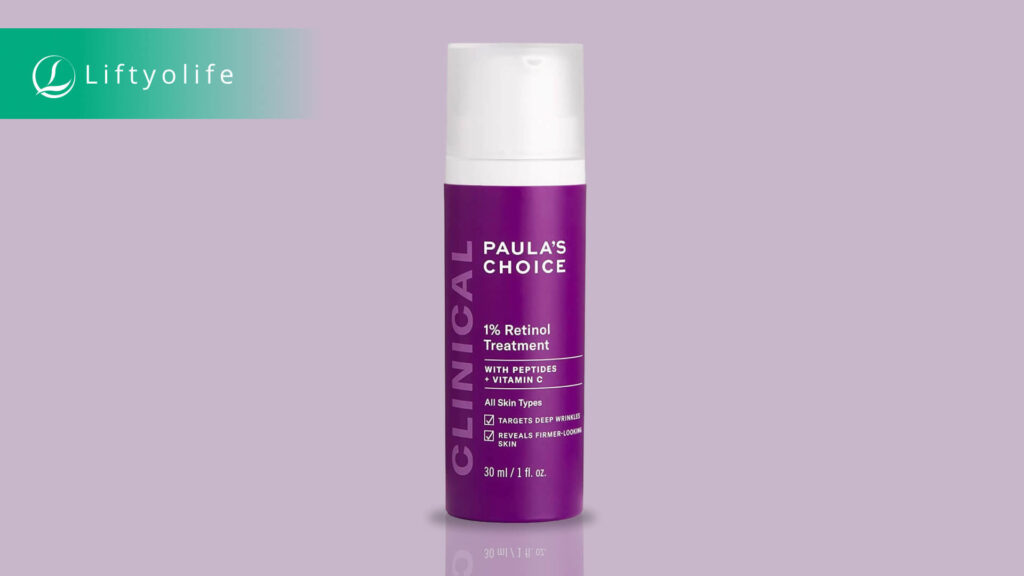
Retinol
Reason to avoid:
According to data from an FDA study, retinoid ingredients may hasten the development of skin tumors and lesions on sun-exposed skin (EWG). It is a synthetic form of vitamin A. At the very least, retinol may cause skin irritation and photosensitivity, and it is not recommended to use during pregnancy or nursing.
Where to find:
- moisturizers,
- anti-aging skincare.
20. Siloxanes
Reason to avoid:
- Siloxanes, as toxicants, can disrupt endocrine processes, resulting in reproductive problems.
- They are also linked to the development of uterine tumors and nervous system damage.
Where to find:
- shampoos,
- antiperspirant,
- facial cleansers,
- moisturizing lotions.
21. Sodium Lauryl Sulfate (SLS) & Sodium Laureth Sulfate (SLES)
Reason to avoid:
- Although these sulfates appear to be practical surfactants and are non-volatile, they can cause eye irritation, allergic skin reactions, and even cancer.
- Similarly, SLES and SLS can cause baldness and endocrine disruption when combined with carrier products.
Where to find:
- shampoo,
- toothpaste,
- bath liquids,
- foaming cleansers,
- conditioner,
- mascara,
- baby wash,
- chemical exfoliants.
22. Synthetic Fragrances
Reason to avoid:
- Fragrance chemicals can cause:
- headaches,
- irritation of the eyes, nose, and throat,
- nausea,
- loss of coordination,
- forgetfulness,
- other respiratory or neurotoxic symptoms.
- Moreover, they are respiratory irritants and sensitizers, exacerbating asthma attacks and sinus conditions.
- These are composed of hundreds to thousands of different ingredients. But these ingredients may not list so you never know what you are exposed to.
Where to find:
- cosmetic,
- skincare products,
- candles,
- air fresheners,
- scented trash bags.
23. Toluene
Reason to avoid:
- Toluene is a volatile solvent commonly used in the production of nail polish, nail treatments, and hair dyes.
- It is a known brain toxin that can seriously harm the development of the fetus if you are constantly exposed to it.
- It affects the skin, eye, lung irritation, non-reproductive organ toxicity, and birth defects.
Where to find:
- nail lacquers,
- nail strengthening polish.
24. Triclosan
Reason to avoid:
- A synthetic antibacterial agent can degrade into dioxin, a class of chemicals linked to a wide range of toxicity, including cancer.
- It has the potential to harm your brain as a whole.
- It can disrupt the metabolism of your reproductive hormones, potentially leading to infertility.
- In one lab test, mice exposed to triclosan for an extended period developed liver cancer.
- Children are also at risk of allergic reactions to this compound, which can cause contact dermatitis, asthma, and eczema in adults.
Where to find:
- soaps,
- mouthwash,
- shaving cream,
- deodorants,
- toothpaste.
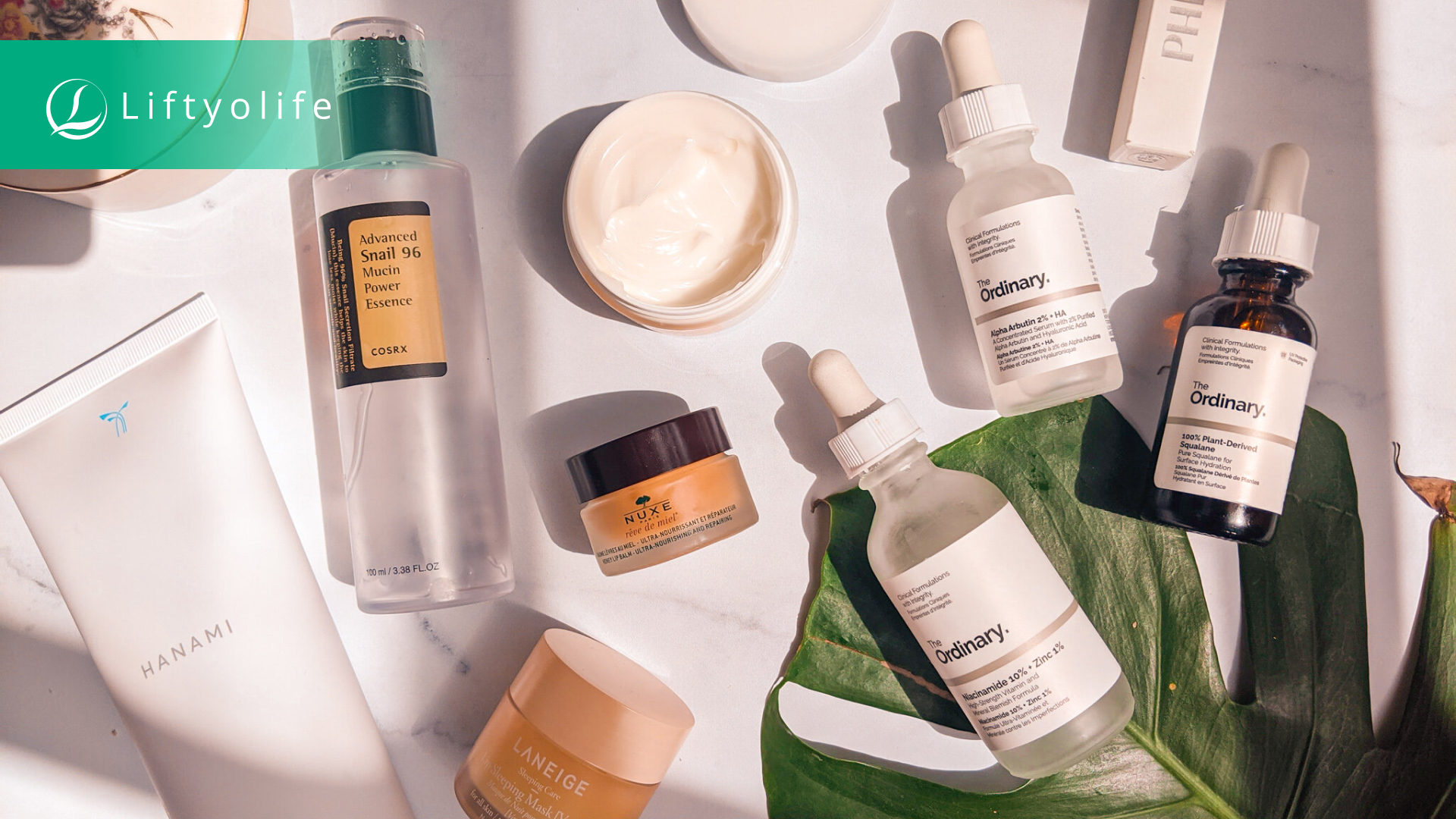
Skincare Ingredients To Avoid
24+ toxic skincare ingredients to avoid due to their toxicity, but why are they still used? Because they contribute to our beauty products and do an excellent job. Lipstick, for example, should come in a variety of colors, and deodorant should be able to eliminate odors while also limiting perspiration. Cosmetics must be used to maintain and perform their functions. To know which ingredients are safe and which not, Liftyolife (liftyolife.com) suggests our readers strictly adhere to the acceptable content in each different makeup. Don’t forget to subscribe us to get new information about top beauty tips.
==> Read More:

